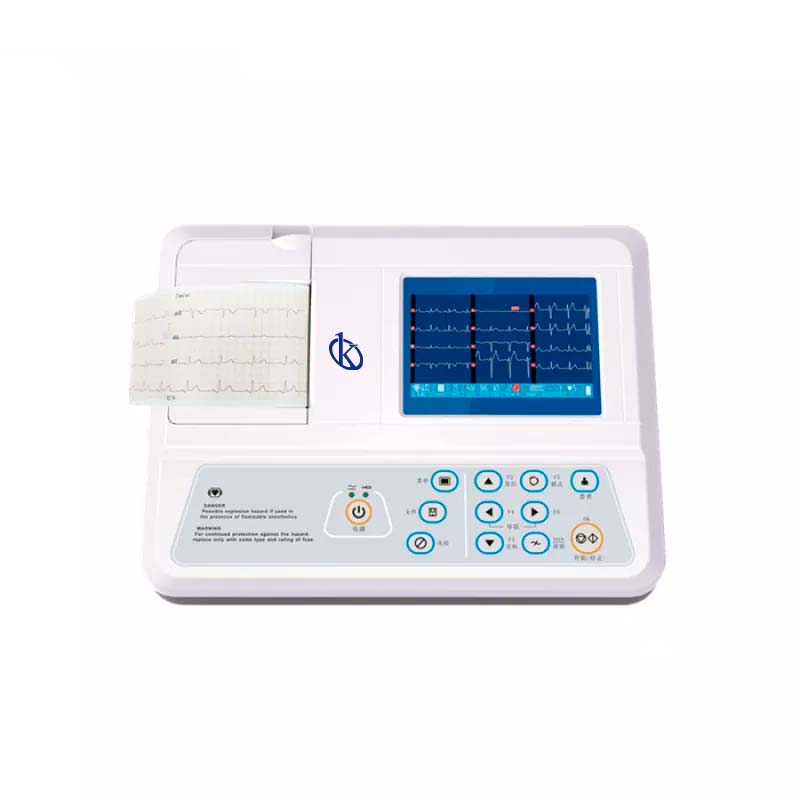The heart, the engine of life, has always been a mystery to man since the beginning of time. In the early 19th century, science sought to discover the secrets of this vital organ and to understand how it functions. This desire to explore the heart led to the discovery of the electrocardiograph, an invention that has shaped the course of modern medicine.
The electrocardiograph, also known as the ECG or EKG, is a vital tool that records the electrical activity of the heart. It arose from scientific experiments focused on understanding the role of electricity in biological functions, first introduced by Willem Einthoven in 1903. Since its invention, this device has undergone several technical advances, becoming a cornerstone in the diagnosis of cardiovascular diseases.
The Essence of Electrocardiography Is in Electricity
The human cardiovascular system is driven by a complex electrical system. The electrical charge moving through the heart is what makes the organ beat in an orderly fashion. Thus, any disturbance in this electrical system can cause an abnormal heart rhythm to be recorded – a reflection of the presence of heart disease.
The electrocardiograph is designed to capture these electrical impulses, differentiating according to their frequency and intensity. It translates these impulses into waves that are printed on a graph and can be interpreted by medical professionals. This device essentially provides a visual and readable mapping of the heart rhythm and its regularity.
The Electrocardiograph’s Compelling Contribution to Cardiology
The impact of the electrocardiograph on the detection of cardiac disease is enormous. Its primary contribution is the ability to provide noninvasive and rapid diagnosis, playing a crucial role in the early identification of cardiac problems.
The electrocardiograph helps identify arrhythmias, a condition characterized by an abnormal heart rhythm. It can also detect ischemia, a deficiency of blood flow to a part of the heart, which can be an early sign of a heart attack. Other heart problems that can be detected with the help of an EKG include ventricular hypertrophy, various types of heart block and conditions associated with the pericardium.
The ECG is not only a diagnostic tool, but also a means of monitoring the effectiveness of treatment. It allows physicians to assess the progress of heart disease and adjust treatments if necessary.
Kalstein and its solutions
In conclusion, the electrocardiograph is a powerful weapon for modern medicine. Its contributions to the identification and treatment of heart disease are of vital importance in the global public health landscape. Without the existence of the ECG, early detection of cardiac problems would be significantly more difficult, leading to higher rates of complications and mortality. In the future, the electrocardiograph, along with the advancement of medical technology, promises to continue to save lives, allowing healthcare professionals to detect and treat heart disease more effectively.
We at Kalstein have YR models that perfectly meet the needs of efficiency and effectiveness of any medical center, know our equipment HERE, we assure you not only a quality equipment but the best price in the market, and we guarantee a safe purchase, where the technical team and other advisors will answer your questions.

